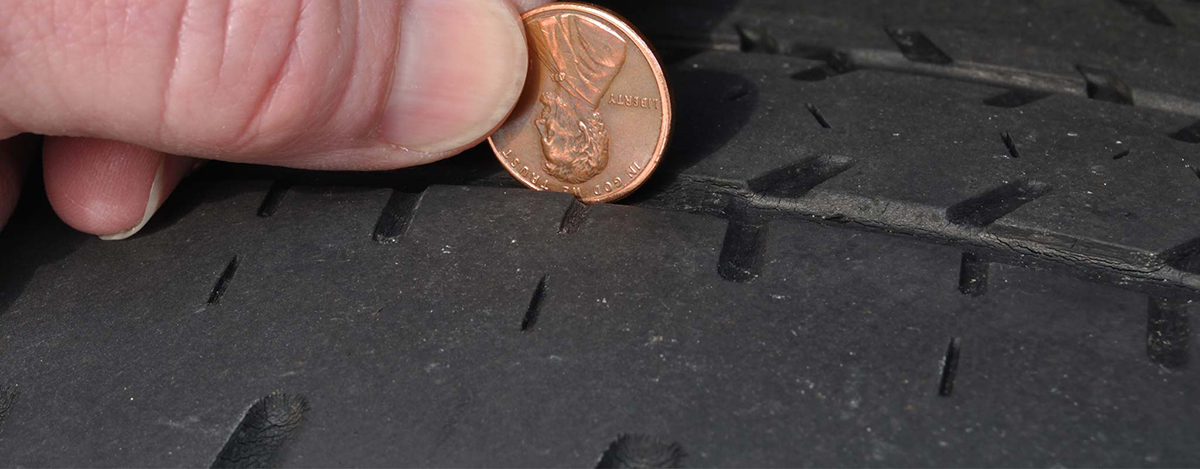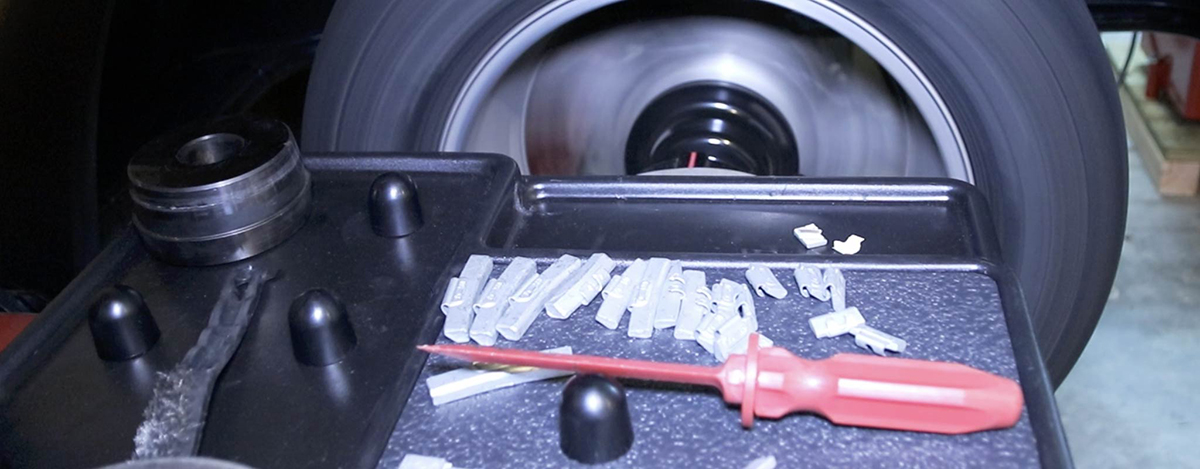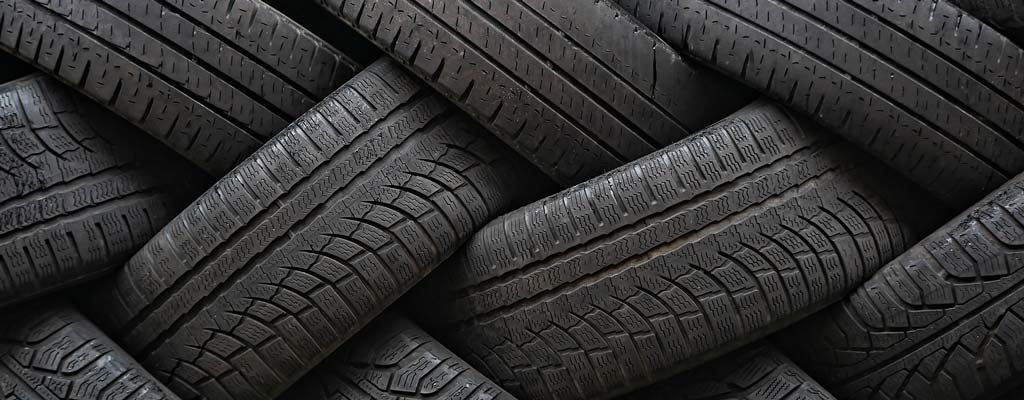How Long Do Tires Last?
The life of a set of tires depends on a lot of variables, including how well you care for them, your driving habits, what kind of weather and road conditions you face, and the type of tires you buy. Let’s take a quick look at how treadwear impacts tire life and how you can get more mileage out of your investment.
Get More at Les Schwab
Every set of tires you buy at Les Schwab comes with America’s Best Tire Warranty. That includes our no-hassle road hazard protection, a 60-day satisfaction guarantee, and free tire maintenance including flat repairs, rotations, rebalancing, and air checks at any Les Schwab location.
How Many Miles Do Tires Last?
The number of miles you get from a set of tires depends on how, where, and what you drive, as well as the type of tires you have on your vehicle. The better question is, how many years can you expect to get from the tread on a set of tires.
According to the Federal Highway Administration, Americans drive an average of 15,000 miles a year. If a set of tires come with a 50,000 mile warranty, and if those tires are routinely rotated and cared for, it’s possible the tread will last three or more years. But again, that all depends on your driving style, where you do most of your driving, and how well you maintain those tires as well as your vehicle’s steering, suspension, and alignment.
What Affects Tread Life Expectancy?
There are a lot of variables that affect how long the tread will last on your tires. Do you like to “burn rubber” at stoplights? Your tires won’t last long. But if you drive safely, stay within posted speed limits, avoid hitting the brakes, and properly maintain your tires and wheels, that tread could last a long time. Other things that affect your the tread life of your tires include:
Road Conditions:
Tires can wear down faster on gravel and dirt roads. Additionally, driving on roads that have been coated in de-icer or salt can also degrade tires faster. That includes snow or winter tires. Do you encounter a lot of potholes? Those jarring road hazards can reduce the life expectancy of even the best tires.
Weather:
Snow, ice, and rain can reduce tire life. Changing out to a set of snow tires every winter can add months, and possibly years, to your regular tires. Additionally, be sure to change out of your snow tires well before the warmer weather returns in the spring. Driving on winter tires on hot pavement can reduce their lifespan.
How You Drive:
Quick acceleration, sudden stops, and sharp corners at higher speeds can add stress to your tires and reduce tread at a faster rate. You can make money- and tread-saving changes by simply driving as if you want to boost your fuel efficiency.
What You Drive:
The weight, drivetrain, and type of vehicle you drive can have a direct impact on how long the tread on your tires lasts. Les Schwab will help you find the right tires for your vehicle.
Maintenance:
Properly inflated tires as well as regular rotations, regular vehicle alignments, as well as suspension and steering component checks can improve the tread life of your tires. Stop by Les Schwab for a free visual inspection of your tires and wheels, including free tire pressure checks. If you have a set of Les Schwab tires on your vehicle, we’ll rotate them for free, adding more life to your tires.
When Should I Replace My Tires?
When you buy a set of new tires, the tread depth is roughly 8⁄32 or 11⁄32 inches for passenger cars and 11⁄32 and 19⁄32 inches for light trucks. When passenger vehicle tread reaches a depth of anywhere between 2⁄32 and 4⁄32 inches, it’s probably time for a new set of tires. For light trucks, it may be best to replace your tires as they reach 6⁄32 inches — and certainly before they reach 4⁄32 inches. Most states require a minimum tread depth of 2⁄32 inches for safety purposes. When tread is that low, the tires are often considered “bald.”
Here’s how to know when your tires should be replaced:
Use the Tread Wear Bars: All tires sold in the United States today have tread wear bars. These wear bars are small, raised bars of rubber in the grooves of your tire. If the tread on your all-season or performance tires is even with the wear bars, your tires will be at 2⁄32 inches. That means it’s time to replace them. Please note: while tread wear bars can help you determine when your tread is getting low, they are not an accurate representation of tread capabilities on all tires, including snow and winter tires. That’s why it’s so important to get to Les Schwab and have our pros measure your tread depth.
Use a Tread Measuring Tool: These tools precisely measure the tread depth of your tires in 32nds of an inch. Don’t have one of these tools? Stop by Les Schwab. We’ll be happy to measure the tread depth of your tires for free.
Try the Penny Test: To perform this test, all you’ll need is a penny and a few minutes. Learn more about this quick and easy way to evaluate your tire tread.

Ways to Make the Tread on Your Tires Last Longer
Looking for some tire-life tips? We’ve got you covered.
Check Your Tire Air Pressure Monthly. The wrong air pressure can cause sluggish handling, increase stopping distance, speed up tread wear and tear, and heighten the risk of a blowout.
Get Your Tires Rotated Every 5,000 Miles. No matter how you drive, front and rear tires can wear at different rates. Tires that are mounted on the drive axle (the front two wheels on a front-wheel drive or back two on a rear-wheel drive) wear more quickly than the “free rolling” tires on the other axle. Rotating the tires on your vehicle means moving them to different positions on your car or truck. Additionally, regular rotations are equally important on all-wheel drive vehicles. Regular rotations help promote even tread wear on all four tires. Learn more about tire rotations.
Have Wheels Balanced. Every tire and wheel has a heavy spot in it. None is perfect, even when brand new. The difference is tiny, measured in one-quarter to one-half ounces. But that small difference can cause vibration and uneven tire wear. The pros at Les Schwab can balance each wheel using a specialized machine and small weights.

Check Your Alignment Twice a Year. The smallest misalignment can reduce fuel efficiency and increase tread wear. Bring your vehicle to Les Schwab for a free visual inspection of your car’s alignment. If any work is needed, we’ll show you all of your options and get the job done right.
Need New Tires? Schedule An Appointment
Your next set of tires is waiting for you at Les Schwab. Stop by and we’ll help you decide if you need new tires, what kind of tires are right for what, where, and how you drive, and what you can do to extend the life of those tires.
Shop Tires By Vehicle